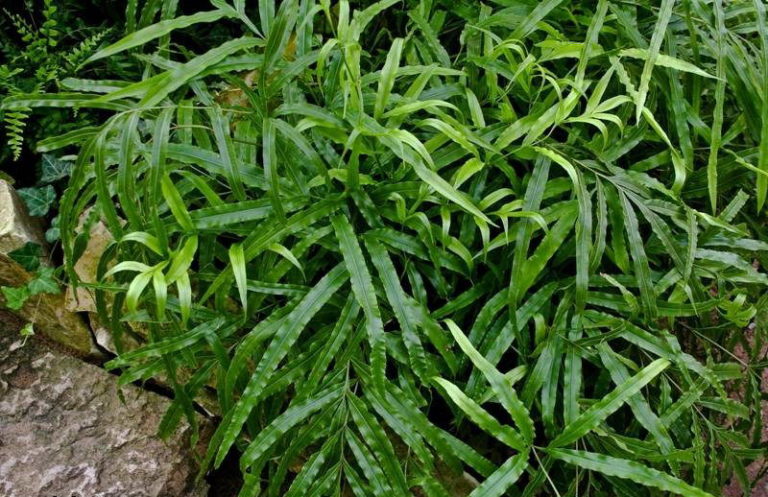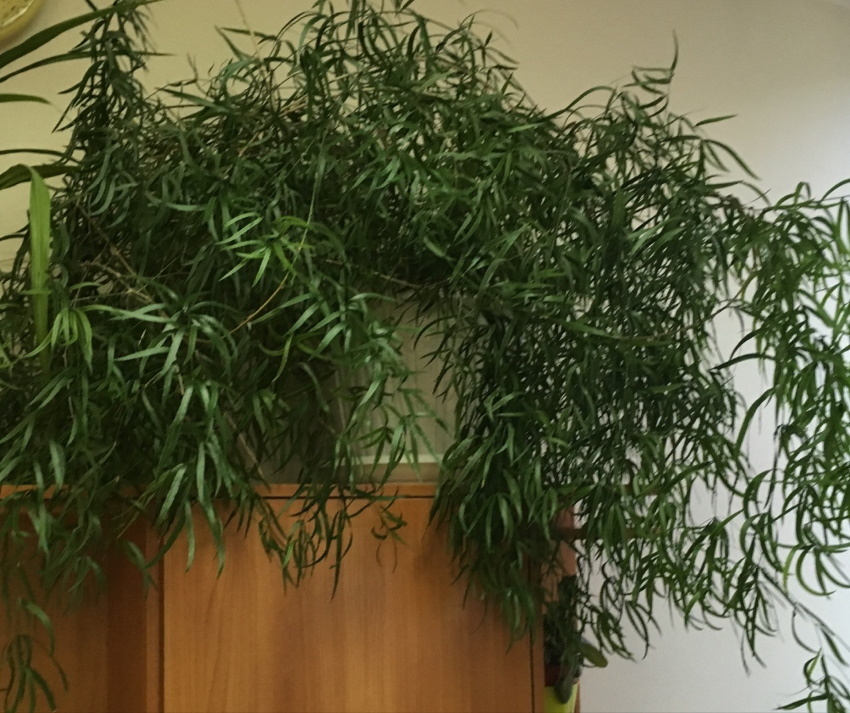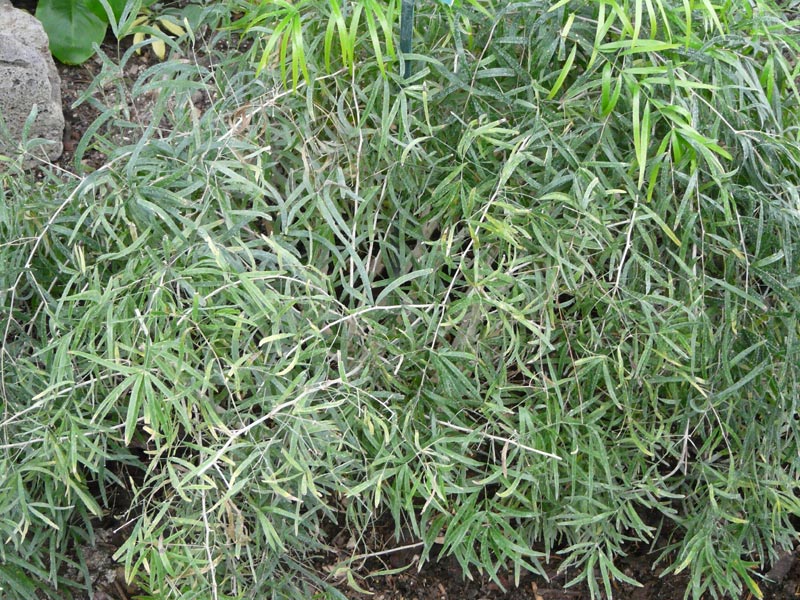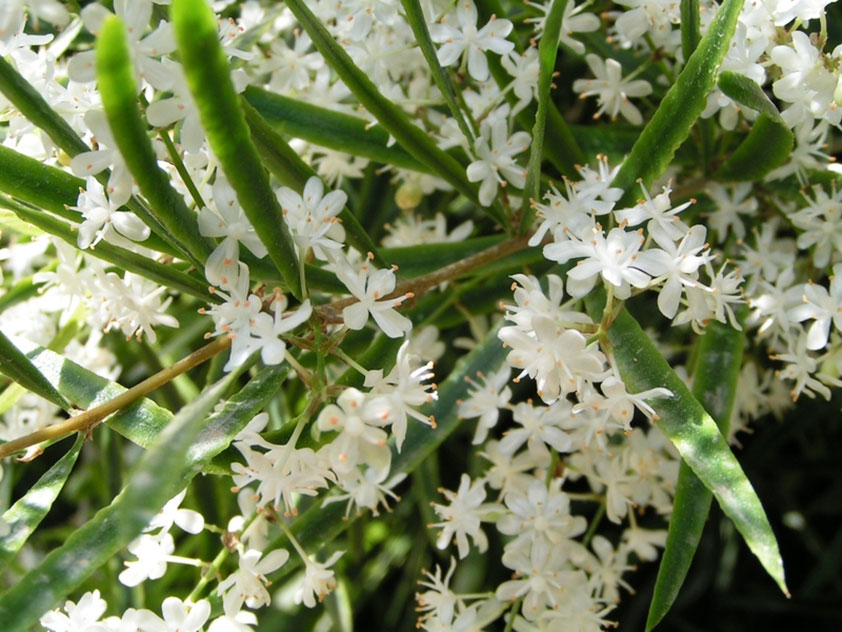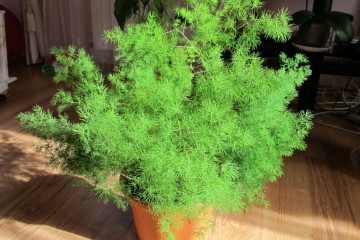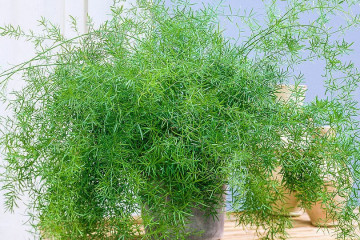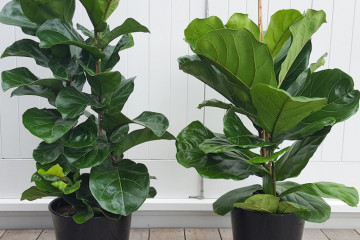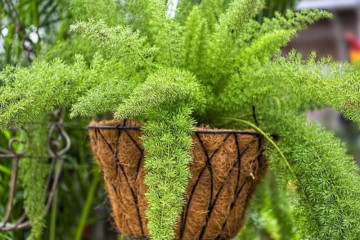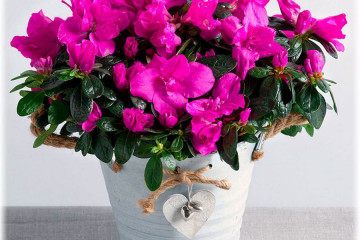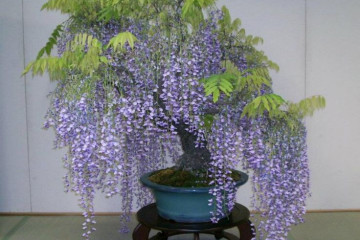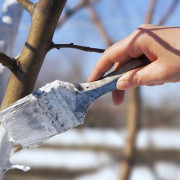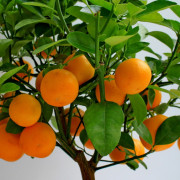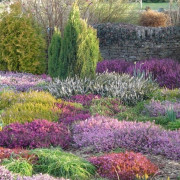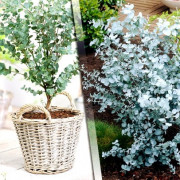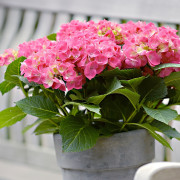Asparagus sickle - home care
Content:
The ornamental plant asparagus falcatus is used for landscaping the interiors of apartments, offices, public spaces and buildings. Creates lush emerald greens. Undemanding to growing conditions, rarely blooms. In design, it can be used as a solo element or a background for flowering species. It is worth considering how to grow sickle-shaped asparagus at home in order to maximize its aesthetic qualities.
What does the sickle asparagus look like, which family does it belong to?
Asparagus crescent belongs to the Asparagus family, which has more than 200 varieties of herbaceous and shrubby plants, including climbing and ground cover species. Originally from eastern and southern Africa.
Twigs are erect or slightly deviated, some shoots are twisted. Forms small sucker shoots. The stems are green, at the base they can acquire an anthocyanin (purple) hue. The height of the plant at home reaches 70-90 cm. The leaves are elongated, lanceolate, mostly straight at the ends of the shoots. Short leaves closer to the center of the bush may be slightly curved in the form of a sickle. Length from 4 to 12 cm, width 5-10 mm.
Common varieties
In addition to the type of asparagus falcatus, the following varieties are widely used:
- pinnate asparagus;
- Sprenger's asparagus;
- Meyer's asparagus.
In the open ground in a temperate climate zone, a species of asparagus grows - medicinal asparagus.
Healing properties
The varieties contain the amino acid asparagine. Vegetable crops contain many vitamins and mineral salts. Medicinal asparagus extract is used for diseases of the kidneys, heart and blood vessels, diabetes mellitus, to lower blood pressure. Infusions of roots and herbs are used for diseases of the kidneys and bladder, allergies, dysentery, epilepsy.
History of the emergence of culture
The genus has been known to mankind for at least 2 thousand years. Due to the beauty and diminutiveness of the leaves, the plants were noticed and actively propagated. In ancient Greece, asparagus shoots were woven into the wreaths of the bride and groom. In Egypt, asparagus shoots were first used as a vegetable. He came to Russia in the 17th century.
Features of caring for a plant at home
Asparagus falcatus comes from the warm and arid regions of Africa. Unpretentious, often you should not change the place of growth. It is worth making out in more detail what conditions in the house are most suitable for the plant.
Temperature
The optimum temperature for the growth and development of crescent asparagus is 20-25 ℃ above zero. In summer, in extreme heat, the container with the plant is taken out onto the balcony or loggia.In winter, it is permissible to reduce the room temperature to 17-18 ℃.
Lighting
When exposed to direct sunlight, burns may appear on the leaves in the form of dark brown and brown spots with tissue death. The plant is best kept on the east or west windows, moving 15-20 cm away from the glass. It is permissible to keep it in floor pots in the back of a bright room, at the height of cabinets or whatnots.
Watering
In summer, watering is carried out 2-3 times a week. In winter, it is permissible to water the flower once every 7-10 days. The top layer of the potting medium should always be slightly damp. If water stagnates in the sump, it should be removed to prevent decay of the root system.
Spraying
Spraying the leaves with clean water from a spray bottle is practiced in dry rooms in winter, as well as in extreme heat in summer (to get rid of dust). When diseases and pests appear, spraying with fungicides and pesticides may be necessary.
Humidity
The moisture content of the soil is maintained at a moderate level. Waterlogging and too rare watering are equally harmful for a plant. The air humidity in the room must be at least 25%. Too high air humidity contributes to the development of diseases. At low air humidity, the leaves can turn yellow and crumble.
Priming
Asparagus grow best on neutral or slightly acidic soils. For falkatus, a soil containing:
- garden land - 2 parts;
- humus - 2 parts;
- peat - 1 part;
- sand - 1 part.
As the aboveground and underground parts grow, the container is replaced with a more voluminous one with a complete replacement of the soil.
Top dressing
For asparagus, fertilizing with mineral and organic substances is necessary. Mineral dressing should be given in the spring with a full range of substances. Mineral complex Nutrisol or Reasil with trace elements is suitable.
Feeding with organic substances is done 2-3 times in the summer and 1-2 times in the winter. Potassium or sodium humate is used as a solution. There is humus on sale, which is gently mixed into the substrate several times a year.
Features of care in winter during a dormant period
Falcatus does not require special care in winter. It is enough to slightly lower the air temperature in the room and reduce watering to 1 time per week.
When and how it blooms
Asparagus specimens can be dioecious (male or female). Flowering is rare, observed 7-12 years after planting the bush in early summer. The flowering period is 3-4 weeks. Asparagus practically does not develop in the shade. The flowers are numerous, small, white, located in the axils of the leaves, collected in an inflorescence in the form of a loose brush. 6 or more stamens, 6 or more petals. Anthers are dark yellow. The fruit is a small berry, inedible. Seeds are round, covered with a dense black skin.
Changes in care during flowering
During the flowering period, asparagus should be watered more frequently than usual. It is important not to change location. If there is a threat of direct sunlight, it is better to create a slight shading with light-colored paper.
Pruning
There is formative and thinning pruning of asparagus. The flower tolerates both species well. With thinning pruning, the technique is used to completely cut out weak, diseased or accidentally broken off shoots. Held at any time of the year.
For formative pruning, cutting and shortening of shoots are used. It is done in spring or early summer. The shortening of the longest stems is performed 0.5-0.6 cm above the leaf.
How the sickle asparagus reproduces
The plant is propagated vegetatively or by seed. In the first method, the properties of the mother bush are completely transferred to the offspring.Generative reproduction allows you to get a different variety or variety. Adult plants at home can multiply by dividing the bush.
Germinating seeds
The seeds have a hard shell. Before sowing, they are soaked in water at room temperature for 12-20 hours. Sowing is carried out in the soil with a large proportion of sand in the composition, embedded in the soil by 0.6-0.7 cm. The container is covered with a plastic bag and removed to a warm place.
Germination lasts 3-4 weeks. When the first shoots appear, the container is moved to a well-lit place, they continue to water and loosen the soil. When the first leaves appear, they are transplanted into a pot with full-fledged soil.
Rooting cuttings
This method is the easiest way to propagate asparagus. To do this, make several cuts 12-15 cm long, 1 cm below the internode. The lower leaves on the cuttings are removed, after which the cuttings are placed in a glass of water at room temperature. The water in the container is changed daily. Roots are formed in 10-14 days. Shoots with roots are planted in pots with a substrate.
Air layering
If the shoots are long, some of them can be tilted slightly and used for cutting. On different sides of the mother plant, pots with light sandy soil are placed. The rejected shoots are pinned with a staple made of hard wire into the pots so that the internodes are covered with the substrate. It is regularly moisturized. After 10-15 days, roots appear on the layers. They are cut from the mother bush and planted in separate pots.
Transfer
For transplantation, containers are used with a diameter of 1.5-2 cm larger than the previous one. On average, a crescent-shaped asparagus bush at the age of 3-4 years needs a transplant every 7-8 months. For better drainage, a 3 cm layer of expanded clay is poured onto the bottom of a new pot, then a layer of substrate. A plant with a lump of earth is placed in a new container, covered with a substrate, squeezed well, watered twice in the morning and in the evening.
An adult bush during transplantation can be divided into two or three lobes for reproduction. In this case, large pots should not be taken. The mother bush is divided according to the rhizome - each new individual should receive a developed root section and several young shoots.
Possible growing problems and diseases
At low room temperatures, high humidity of the substrate and air, asparagus can get sick with powdery mildew. A white bloom appears on the leaves. If you do not take action, the plant may die. It is necessary to spray with Alirin B. The soil in the pot is watered with Fitosporin solution.
When the tips of the leaves dry, this is an indication of low humidity. It is recommended to use water spraying from a spray bottle. If the lower leaves of the asparagus fall off, the plant lacks potassium.
Taking care of the sickle asparagus is easy. According to the omen, when they see a blooming asparagus, they make a wish, which will certainly come true.
